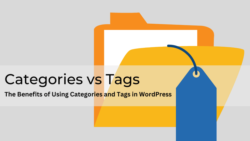6 Ways to Increase Traffic to Your Website

In today’s competitive digital landscape, every business, regardless of its nature and size, must have a successful website. However, building a loyal audience and generating traffic has become more nuanced than ever. Also, with the oversaturation of the internet with websites and content, the race to earn the top spot in Google’s first page results is now more complicated and competitive than you can imagine. Thus, to increase the traffic on your website and grow your business, you must consider many factors. From content optimization and backlinks to faster loading times, many variables can easily impact the traffic on your site. To help you with that, in this article, we will discuss the six proven ways you can not only increase but bring the most relevant traffic to your website. So, without further ado, let’s get started!





